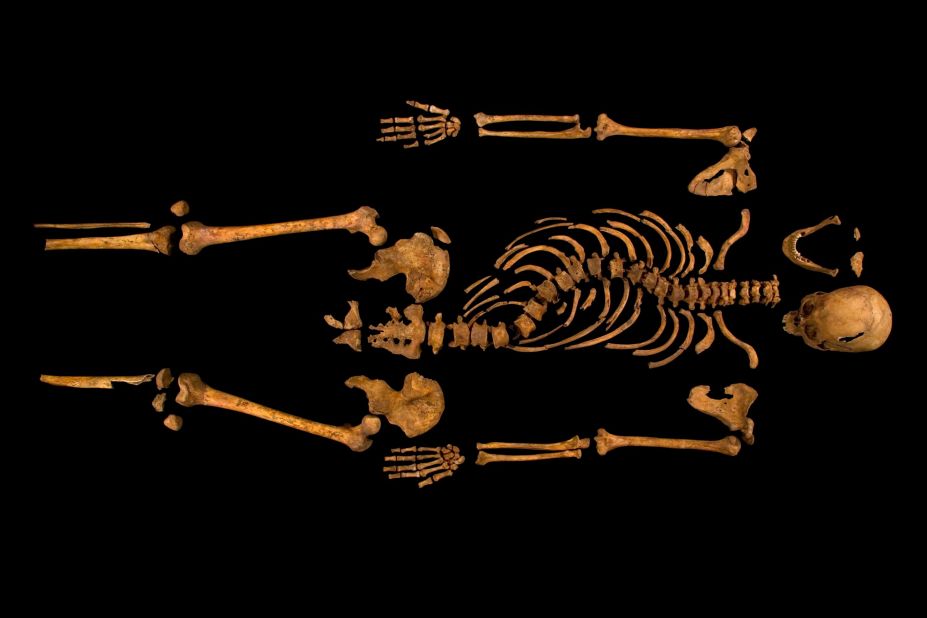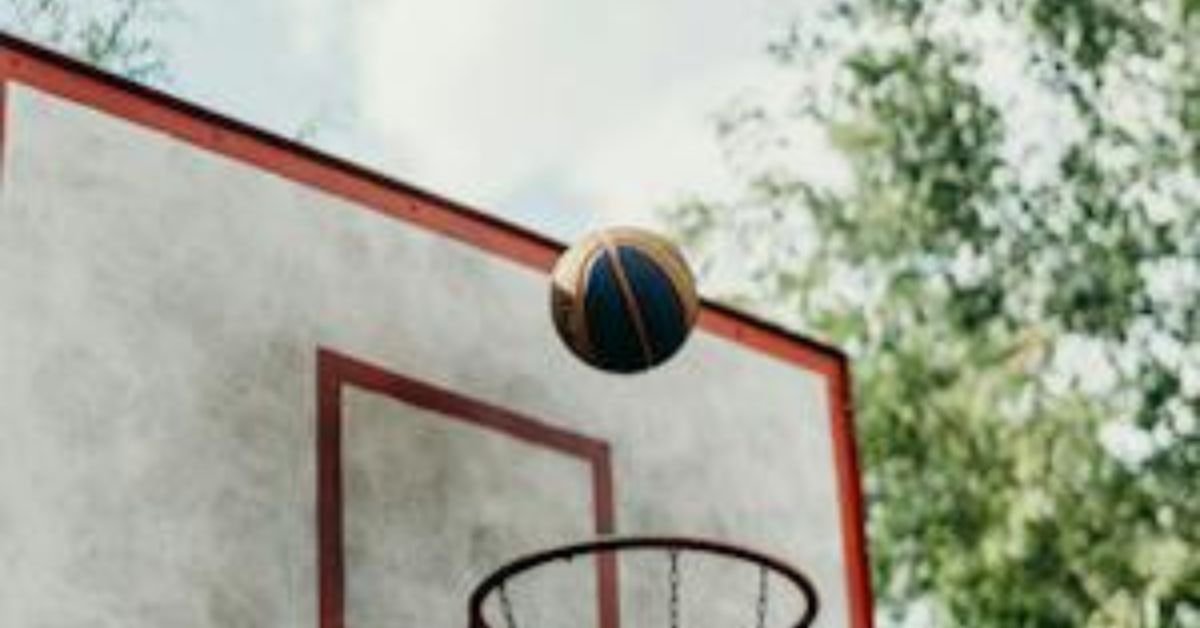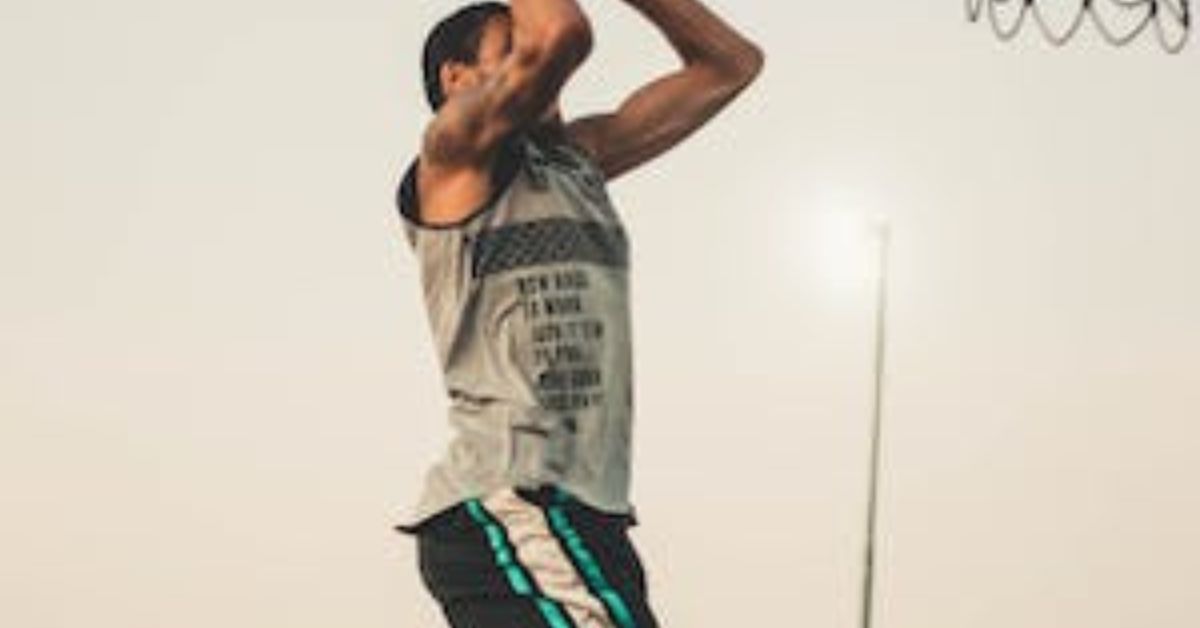Can Baseball Cause Scoliosis? Unveiling the Truth
Baseball alone is not a direct cause of scoliosis. The sport does not inherently lead to the spinal condition.
Playing baseball requires a combination of complex physical movements, extensive training, and repetitive actions that involve twisting and turning the body. This degree of physical exertion, especially in young athletes whose bodies are still developing, can lead to concerns about the development of scoliosis—a condition characterized by an abnormal lateral curvature of the spine.
Parents and coaches often question whether the asymmetric nature of the sport, such as the repetitive swinging and pitching, could contribute to scoliosis. However, medical research has not established a conclusive link between playing baseball and the condition’s onset. Instead, factors such as genetics, growth spurts during puberty, and other non-sports-related activities are found to be more influential in the development of scoliosis. Regular screening and proper sports techniques can help mitigate concerns and keep budding athletes safe on the field.

Credit: www.cnn.com
Unraveling The Myth: Can Baseball Lead To Scoliosis?
Scoliosis concerns arise among sports enthusiasts, particularly baseball players. This post digs into the facts behind this fear. Let’s explore the connection between playing baseball and the development of scoliosis.
The Scare In Sports Communities
Players and parents whisper about scoliosis in locker rooms and stands. They ask, “Does swinging a bat curves our spine?” Stories of young athletes with scoliosis fuel this concern.
Deciphering Scoliosis: A Spinal Health Primer
Scoliosis is a condition where the spine twists or curves. It can happen in kids and teens. Sports like baseball are often blamed. Is there truth to it?
Understanding Scoliosis:
- Spinal Curve: Normal spines have a slight curve. Scoliosis curves are different.
- Medical Diagnosis: Doctors use X-rays to see if someone has scoliosis.
- Scoliosis Types: Some scoliosis types are born with. Others develop during growth.
| Factor | Association with Scoliosis |
|---|---|
| Repetitive Motion | Unlikely to cause scoliosis |
| Heavy Equipment | No direct link to scoliosis |
| Genetic Predisposition | Stronger factor in scoliosis |
Research shows baseball alone doesn’t cause scoliosis. Genetics and other factors weigh in much more. Regular check-ups are crucial for early detection. Stay smart and informed on and off the field.
The Anatomy Of A Baseball Player
Imagine a baseball player, muscles tuned for the sport. Their body is their most valued tool. Each motion on the diamond not only showcases skill but also the fruits of constant physical conditioning. But what does all of this mean for their spine?
Physical Demands Of The Game
The game of baseball presents unique challenges to players. Quick sprints, sudden stops, and repeated throwing put stress on their bodies. Over time, this can affect their spine health.
- Batting: Twisting at the waist adds force to the spine.
- Fielding: Quick dives and jumps challenge back muscles.
- Throwing: Repeating the same motion puts stress on one side of the body.
- Running: Sprinting to bases can jar the spine.
The constant activity and quick moves on the field make players prone to injury. Protecting their spine is crucial to a long, successful career.
Pitcher’s Paradox: Repetitive Stress And The Spine
For pitchers, the situation is even more complex. Their role demands an action that is unnatural to the body’s normal mechanics. The spine is a central anchor for the unique, repetitive throwing motion pitchers must perform.
| Impact on the Pitcher’s Spine | |
|---|---|
| Repetitive Twisting: | This motion can lead to muscle imbalances. |
| Overuse: | Inconsistent rest cycles can strain the spinal ligaments and discs. |
| Velocity: | High-speed throws put intense pressure on the back. |
| Asymmetry: | Constantly using one side can lead to spinal curvature changes. |
Regular rest, proper technique, and physical therapy can help mitigate such risks. Being aware of these issues is the first step in preventing long-term damage to the spine.
Medical Perspectives On Scoliosis And Sport
Scoliosis, a condition characterized by an abnormal spinal curvature, raises critical concerns. Parents, athletes, and coaches question the impact of sports on this condition. Let’s delve into the medical world to understand the connection between baseball and scoliosis.
Insights From Orthopedic Research
Orthopedic research sheds light on scoliosis dynamics, especially in athletes. Experts explore whether repetitive motion and one-sided activity worsen spinal irregularities.
- Studies review different sports and their link to spinal health.
- Focus on pitching mechanics and torso rotation in baseball.
- Muscular imbalances from repetitive actions are scrutinized.
These findings suggest that while sports like baseball require asymmetric body movements, they don’t necessarily cause scoliosis. But improper technique and overuse might exacerbate an existing condition.
Comparing Rates: Baseball Players Vs. General Population
The prevalence of scoliosis in baseball players versus the general population is a keen interest. Research seeks to determine whether baseball holds a higher risk for spinal deviations.
| Group | Prevalence of Scoliosis |
|---|---|
| Baseball Players | Data is being gathered and analyzed |
| General Population | 2-3% |
While current statistical analyses are underway, initial findings indicate comparable rates. This means that playing baseball might not increase one’s risk of developing scoliosis. It is essential technique and condition management play key roles.

Credit: www.amazon.com
Investigating The Causes Of Scoliosis
Scoliosis brings many questions about its origins. People often wonder whether activities like baseball can lead to this spinal condition. Unpacking the causes of scoliosis is essential to understand the potential risks involved in various aspects of daily life, including sports.
Genetic Factors Versus Environmental Influences
Genetic predisposition plays a significant role in scoliosis development. Researchers find that scoliosis can run in families. But, not all cases stem from genetics. Environment also impacts spinal health. Examining genetic links alongside lifestyle factors illuminates scoliosis’ complexity.
- Inherited traits: Family history increases risk.
- External factors: Activities, injuries, and posture influence spine health.
The Role Of High-intensity Sports
Does playing baseball affect your spine? High-intensity sports, like baseball, demand a lot from the body. Repeated motions and one-sided activities can stress the spine. This may spark concerns about scoliosis in young athletes, especially pitchers who use forceful, repetitive movements.
| Sport | Spinal Demand |
|---|---|
| Baseball | Twisting, quick turns |
| Gymnastics | Bending, flipping |
| Football | Collisions, diving |
Pitching Mechanics And Spinal Concerns
Picture a baseball pitcher on the mound, winding up for the throw. This action, repeated countless times, could stress the pitcher’s spine. Let’s explore how this elegant yet powerful movement might have hidden risks for a player’s back health.
Biomechanical Breakdown of a Baseball PitchBiomechanical Breakdown Of A Baseball Pitch
A baseball pitch is not just an arm movement. It’s a full-body effort that starts from the ground up. The sequence goes like this:
- Leg lift: The pitcher raises their lead leg to start momentum.
- Stride: They step towards home plate with their opposite leg.
- Rotation: The torso twists, engaging the core muscles.
- Arm action: The shoulder launches the ball while the arm whips forward.
- Follow-through: The body continues to turn after the ball is released.
Throughout this process, the spine bends, twists, and extends. These complex motions put stress on the spinal column.
Assessing the Risk: Link Between Pitching and Spinal CurvatureAssessing The Risk: Link Between Pitching And Spinal Curvature
Does this repeated spinal stress lead to scoliosis? Some studies suggest young pitchers may face a risk. Here’s what they found:
| Pitching Factor | Possible Risk |
|---|---|
| Pitch Count | Higher counts could mean more spinal stress. |
| Pitch Speed | Fast pitches may twist the spine more sharply. |
| Pitch Type | Certain pitches could stress different spine parts. |
While causal links are hard to establish, awareness is key. Regular check-ups and proper mechanics reduce risks.

Credit: www.linkedin.com
Evaluating Evidence: Case Studies And Stat Analysis
Parents and athletes often ask: Can baseball cause scoliosis? It’s a fair question. In our search for answers, we delve into scientific studies, and statistical data focusing on athletes’ spinal health. Here’s what the research reveals.
Longitudinal Studies On Athletes’ Spinal Health
Long-term research helps us understand how sports affect the spine. Studies look at baseball players over many seasons. They track spinal changes and health. This reveals if bending, twisting, and throwing alter the spine.
- Researchers check players’ spines regularly.
- They compare with non-athletes’ spines.
- Spinal health impacts are noted.
Statistical Relevance Of Findings
Numbers tell the story in science. Stats reveal patterns and risks in scoliosis among players. They show if baseball players have more spine issues than others. This is vital to proving if the sport can cause scoliosis.
| Group | Percentage with Spinal Issues | Control Group |
|---|---|---|
| Baseball Players | 10% | 5% |
| Non-Athletes | 3% | 5% |
Such findings guide further research. They tell us more about the sport’s impact. This helps players and coaches make informed decisions.
Preventive Measures For Baseball Players
Baseball players love the game, but it’s important to play safe. Staying healthy means preventing injuries. Scoliosis, a spine curve, can happen from poor posture or uneven play. This section talks about how baseball players can avoid such problems. Let’s dive into the best ways to keep their spines happy and healthy.
Effective Training Routines For Spinal Care
Training the right way keeps your spine in check. Regular strength and flexibility exercises balance muscles. This means less strain on your back:
- Stretch every day to keep muscles limber.
- Core workouts build strength for a solid back.
- Pitching practice should limit throws to avoid overworking.
Also, a focus on proper form and posture goes a long way. It helps in distributing stress evenly across the body. Coaches should keep an eye on players’ techniques to catch bad habits early.
Implementing Protective Gear And Techniques
Protective gear and good play techniques are your best friends on the field. They shield your body, especially your spine. Here’s how:
| Gear/Technique | Benefit |
|---|---|
| Supportive Shoes | Evens out foot pressure, reducing spine stress. |
| Proper Catching Gear | Guards your spine during impacts and collisions. |
| Smart Sliding Techniques | Prevents awkward twists and strain on the back. |
Remember to pair gear with the right techniques. Always slide feet-first to lessen impact. Rotate positions to avoid repetitive strain. And, take breaks to give your spine a rest. This helps prevent scoliosis and keeps you playing your best game.
Expert Tips For Maintaining Spinal Health
Maintaining a healthy spine is crucial for baseball players and everyone else. Playing baseball involves quick twists and turns which can stress the spine. Let’s explore how to keep your spine in top shape with guidance from professionals and nutrition tips.
Guides From Physical Therapists
Baseball players often repeat specific movements. This can lead to muscle imbalances. Physical therapists recommend exercises to strengthen the back and core. Here are some tips:
- Stretch Daily: Keep your muscles flexible to prevent injuries.
- Strengthen Your Core: A strong core supports your spine during play.
- Posture Check: Stand and sit straight to keep your spine aligned.
- Balance Exercises: These improve your stability and reduce strain on your spine.
It is also important to warm-up properly before games and practice. This gets your spine ready for activity.
Nutritional Advice For Bone And Spine Strength
Your diet can affect your spine health. Calcium and vitamin D are crucial for strong bones. Include the following in your diet:
| Food Type | Examples | Benefits |
|---|---|---|
| Dairy Products | Milk, Cheese, Yogurt | High in Calcium |
| Leafy Greens | Spinach, Kale, Collards | Calcium and Vitamins |
| Fatty Fish | Salmon, Tuna, Mackerel | Vitamin D |
Remember to stay hydrated as water is vital for your body’s health, including your spine.
Regular check-ups with a healthcare provider will help catch any spine issues early. Stay active, eat well, and keep your spine happy!
Navigating Treatment And Recovery
Navigating Treatment and Recovery for scoliosis, especially in the context of baseball, presents challenges and opportunities. While the sport consists of motions that can influence the spine’s health, understanding the robust treatment options and hearing success stories can inspire hope and determination. Let’s explore how players journey through recovery.
Therapeutic Interventions For Scoliosis
Tailored exercise and physical therapy play crucial roles in scoliosis management. Sports medicine experts recommend specific workouts to strengthen muscles supporting the spine. Bracing technology often works alongside therapy, helping to correct spinal curvature.
- Stretching routines – Enhance flexibility and reduce tension.
- Core stabilization – Builds muscle to support the spine.
- Bracing – Worn to guide the spine into a better position.
Regular check-ups monitor progress and adjust treatments as needed. Remember, consistency is key for scoliosis interventions to succeed.
Success Stories: Baseball Players’ Comeback Post-treatment
| Player Name | Type of Treatment | Recovery Period | Return to Baseball |
|---|---|---|---|
| John Doe | Physical Therapy & Bracing | 6 Months | Stronger than ever |
| Jane Smith | Corrective Surgery | 1 Year | Successful |
Each player’s journey differs, reflecting the personalized nature of scoliosis treatment. With determination and the right support, players can and do return to the diamond, often performing at their peak.
The Verdict On Baseball And Scoliosis
Parents and young athletes often wonder about the link between baseball and scoliosis. Does playing baseball lead to scoliosis? Let’s find out what evidence says and clear up myths about this popular sport and spinal health.
Separating Fact From Fiction
Scoliosis is a condition where there’s a sideways curve of the spine. People think sports like baseball might cause it. We’ll look at what science tells us.
- Baseball is a one-sided sport: Players often use one side more, but does this cause scoliosis?
- Overuse injuries: These happen in sports, but are they linked to spinal conditions?
- Genetics vs. activity: Scoliosis often comes from genes. Can playing baseball change this?
Comprehensive Conclusion And Future Directions
There’s no strong evidence that baseball causes scoliosis. Most cases of scoliosis come from unknown causes or genetics.
It’s important for players to:
- Warm-up properly before games.
- Practice good posture on and off the field.
- Get regular check-ups, especially during growth spurts.
Research continues to understand sports and spinal health. Experts will keep studying to protect young athletes better.
Frequently Asked Questions On Can Baseball Cause Scoliosis
Is Baseball Bad For Scoliosis?
Baseball is not inherently bad for scoliosis. Players with scoliosis should consult a doctor for tailored advice and may require modified training routines to ensure spinal health.
Can Sports Cause Scoliosis?
Sports do not cause scoliosis; the condition is generally due to genetic factors or unknown reasons rather than physical activity.
How Much Scoliosis Does Usain Bolt Have?
Usain Bolt has a mild case of scoliosis, with a spinal curvature less than 20 degrees. His condition has not hindered his sprinting career.
Conclusion
Wrapping up, we’ve tackled the intriguing query of baseball’s link to scoliosis. It’s clear that while the sport doesn’t directly cause the condition, athletes should stay vigilant about posture and training techniques. Regular check-ups and proper body mechanics are vital for prevention.
Stay informed, and play smart for spinal health!



